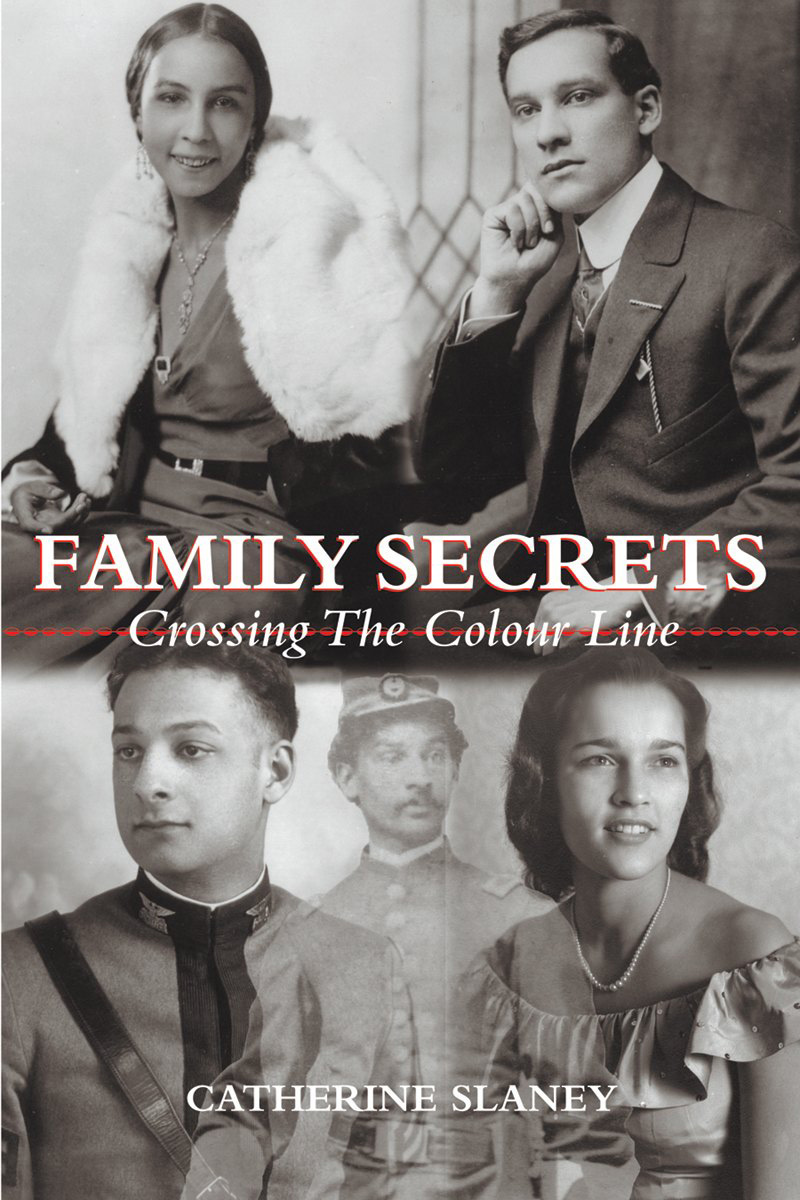Disparate Diasporas: Identity and Politics in an African-Nicaraguan CommunityPosted in Anthropology, Books, Caribbean/Latin America, Media Archive, Monographs on 2013-03-13 23:10Z by Steven |
Disparate Diasporas: Identity and Politics in an African-Nicaraguan Community
University of Texas Press
August 1998
320 pages
ISBN-10: 0292728190; ISBN-13: 978-0292728196
Edmund Gordon, Associate Professor of Anthropology
University of Texas, Austin
This book is out of print.
Based on a decade the author spent among the African-Caribbean “Creole” people on Nicaragua’s southern Caribbean coast, Disparate Diasporas is a study of identity formation and politics in that community. Edmund Gordon lived in Bluefields, Nicaragua, during most of the 1980s, a turbulent period during which he participated in the community’s search for solutions to problems ranging from a crumbling economic base to the mutual mistrust and animosity between most Creole people and the Sandinista revolutionary government.
Disparate Diasporas is not a conventional ethnography. Rather than being just an observer, Gordon actively participated in the life of the community, intent on contributing to its political processes. A basic premise of his book is that engagement and activity can enhance ethnographic insights and sharpen theoretical understanding.
Disparate Diasporas shows how a particular “Black” community can evolve distinct types of diasporic consciousness, and, depending on the historical moment, how different types of memories, consciousness, and politics come to predominate. The author uses the Gramscian notion of “common sense” to understand the Creole community’s history of shifting politics and ideologies, focusing on the period of the 1970s and 1980s. His work explains the inability of the Sandinistas to come to terms with the racial and cultural challenge to the Nicaraguan nation posed by the Creole community.




